Southern Seafood Industry Company Limited. Photo: MY THANH
New space, new resources
July 1, 2025 will go down in history as the "blood brothers" Can Tho, Hau Giang, Soc Trang , after decades of separation, have come together under one roof. The new Can Tho city with an area of over 6,300km² and a population of over 4 million people, is opening up a new development space, connecting a strip from the Long Xuyen Quadrangle, the West Hau River sub-region adjacent to the Ca Mau peninsula, encompassing the islands along the Hau River extending to the East Sea.
Can Tho City has a multimodal transport infrastructure connecting Can Tho International Airport, vertical axes, cross-roads, large river bridges, National Highway 1, North-South Expressway, My Thuan - Can Tho, Can Tho - Hau Giang - Ca Mau, Chau Doc - Can Tho - Soc Trang, key river routes, large shipping lanes through Quan Chanh Bo canal and Dinh An - Can Tho shipping lane. The new Can Tho City not only has the largest Can Tho seaport cluster in the region but is also recognized with the future international super seaport Tran De - Soc Trang, with a capacity of 55 million tons/year to receive large ships of 50,000 DWT to the East Sea, forming a "transport triangle" of railway - road - waterway. This centrally-run city needs the Central Government's attention to accelerate investment for the new phase.
Reducing the fragmentation of administrative boundaries means expanding development space and strengthening intra-regional and inter-regional connectivity. The new Can Tho City from the “trio” of Can Tho - Soc Trang - Hau Giang is linked together to play the role of the core of the delta region. From the three previously somewhat separate pieces, the new center of the delta is expected to create new space and new resources for regional and national development.
The merger of provinces is exciting for people and businesses. Land procedures, business registration, licensing for planning adjustments, etc. will certainly have many reforms, from manual to digital administration, shortening the one-stop time from 15 days to 7 days. About 25-30% of departments and offices will be streamlined, saving tens of thousands of billions of VND in budget each year, which is a resource for reinvestment in healthcare, education, and digital infrastructure.
The new city is also expected to create a diverse economic and cultural ecosystem, from the rich identity of the three ethnic groups Kinh - Hoa - Khmer who have lived together for many generations in the West. The added value from the new development space is also an invisible resource. The trust of businesses in the investment environment, the trust of people in the service capacity of the government. When trust increases, unofficial costs decrease, capital flows will find new "coordinates" on the open map.
Indigenous cultural values from the intangible heritage of Cai Rang floating market, garden civilization, amateur music, festivals imbued with the identity of Kinh, Hoa, Khmer people - from the architecture of pagodas in Soc Trang, Ok Om Bok festival... are valuable tourism resources to build unique tourism products, creating a tourism route "flowing on both banks of river civilization". Agricultural experience tourism, green tourism, community tourism, spiritual tourism, heritage conservation, along with MICE tourism, Can Tho's river tourism are forecasted to attract more tourists.
Rice harvest in Hau Giang province (old). Photo: MY THANH
Two-tier Government - New Expectations
Cutting down on administrative procedure handling agencies will only truly create new motivation when the apparatus operates effectively, efficiently and friendly. To do so, it is necessary to look directly at 3 issues and focus on solving and removing bottlenecks:
Firstly, the construction and structure of the two-level government apparatus is the backbone. Increase the authority and responsibility of local governments. In which, the commune and ward levels will focus on serving the people and businesses. Behind the name change must be the requirement to thoroughly digitize land records, population data, and business registration to be "loaded" into the national data warehouse before July 1, 2025, which is the official operating date of the new government.
Second, a breakthrough in personnel. When functions and tasks change, the staffing and job positions must be restructured. The KPI mechanism - Performance measurement index, salary linked to efficiency, independent assessment ensures "living wage, reward for contribution" instead of the working style of waiting, seeking safety zone of many cadres and civil servants in the apparatus in the past. Redundant cadres need to enjoy satisfactory policies, but the interests of the community must be placed above the "stable state" of the minority.
Third, the supervisory and regulatory role of the local state authority, the People's Council, needs to be promoted. Supervisory data and voters' opinions are publicly monitored on the public electronic information system to avoid "broken" feedback.
Merging provincial-level administrative units, abolishing district-level units, and rearranging commune-level administrative units this time is a historic decision. It does not stop at merging boundaries, but the core is to open up new development space, create new resources, and encourage innovation.
Perspective of Tran De port. Photo: MY THANH
Together we break through
The breakthrough potential of Can Tho depends on three groups of solutions being simultaneously activated. First of all, in terms of institutions and inter-regional coordination, it is necessary to establish a Development Coordination Board under the Government, which is empowered to quickly decide on priority infrastructure projects, mobilize the budget and operate the Development Investment Fund. A "one-stop shop" from planning, site clearance to environmental licensing will turn the "maze of procedures" into a "runway" for businesses to take off.
The group of solutions to mobilize capital and create smart infrastructure is also a requirement for this megacity of the delta. High-speed railway, coastal roads, Tran De super port, coastal protection forest belt to prevent landslides of the new Can Tho in Soc Trang currently need investment attention. Digital infrastructure for modern administration to serve people and businesses more effectively. Can Tho needs green bonds, urban bonds for the new development period.
The quality of human resources has long been a weakness in regional development, and investment needs to be accelerated further to meet the operational requirements of the knowledge economy. There needs to be initiatives for the people of Tay Do to "study to return", calling on about 10,000 overseas Vietnamese intellectuals, long-time emigrants and excellent students to return and contribute, ensuring that those with ideas will have land to use, social housing, and startup shares. The "land bank" model creates a voluntary accumulation mechanism, with adequate compensation, so that small-scale farmers can become shareholders of a modern agricultural association, both receiving dividends and retaining the right to cultivate... are "special mechanisms" for the new Can Tho.
That expectation requires Can Tho to overcome challenges in management and administration. If management agencies still follow the old way, each department and branch still has "inside and outside doors", the dream of an integrated e-government will be difficult to realize. To avoid "3 brothers, 3 systems", all public services, from birth registration, construction permit issuance to tax payment, must be unified on a single portal, ensuring that people and businesses are best served, then we can hope to create breakthrough resources.
When the boundaries are seamless, resources are transparent; when the government, businesses, and people are united, new resources will be created. If we are determined to turn words into commitments, commitments into projects, and projects into concrete results, Tay Do will not only open up the dragon veins of the West but also light up a green, inclusive, and humane growth pole for the country in the era of deep integration.
Dr. TRAN HUU HIEP
Source: https://baocantho.com.vn/ve-chung-mot-nha-a188037.html



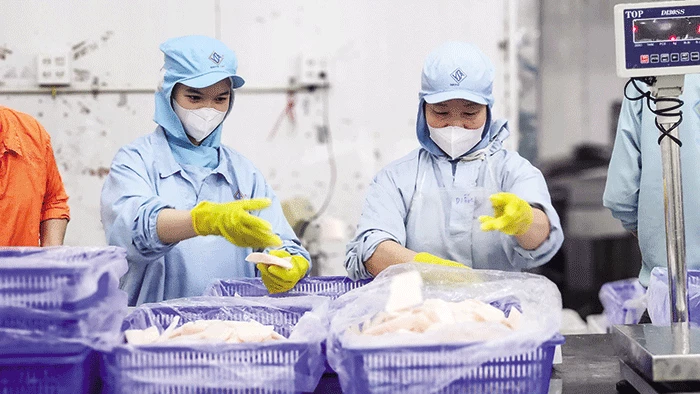
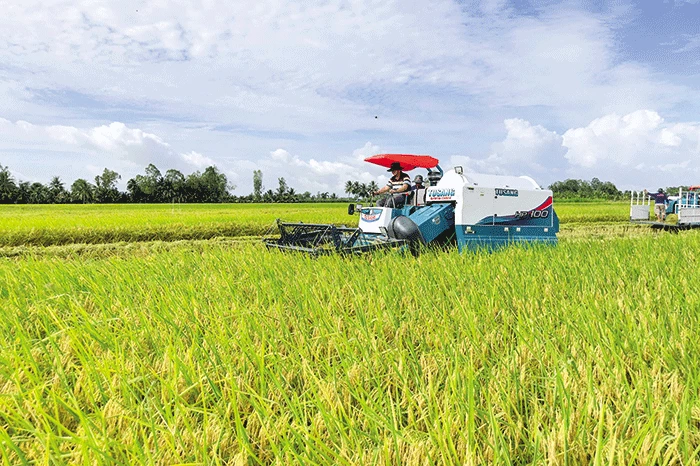
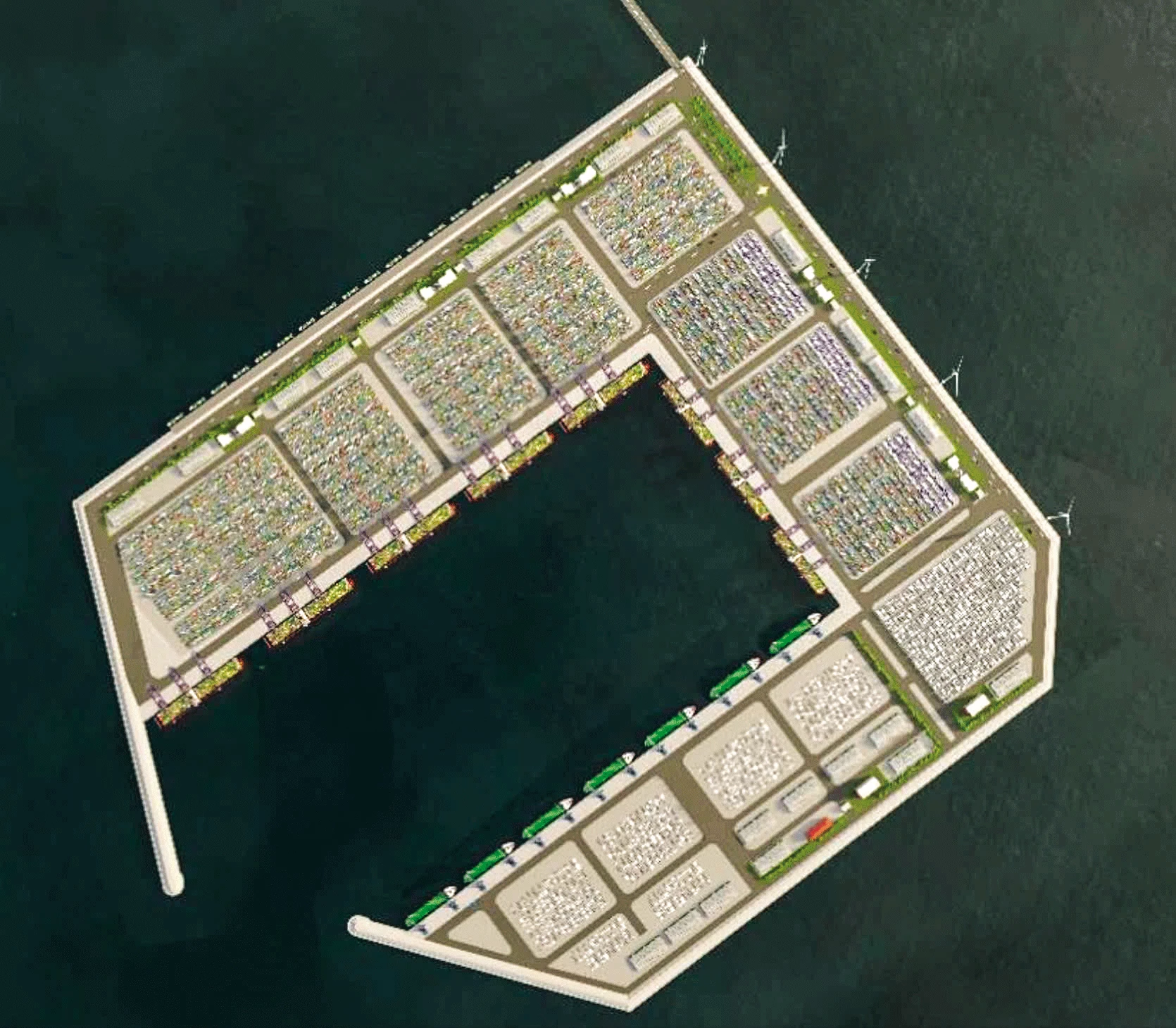








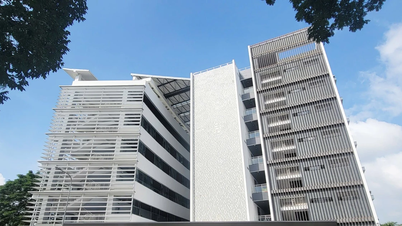
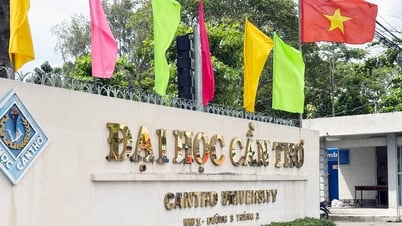





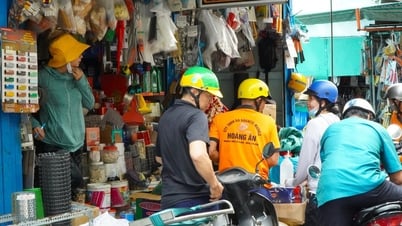

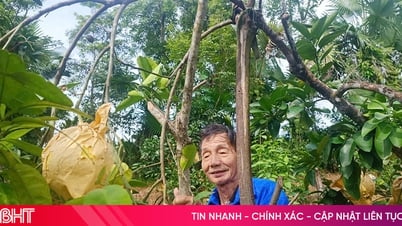

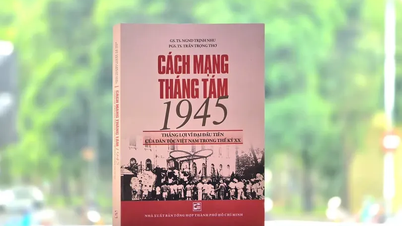
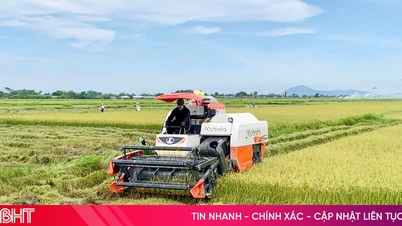


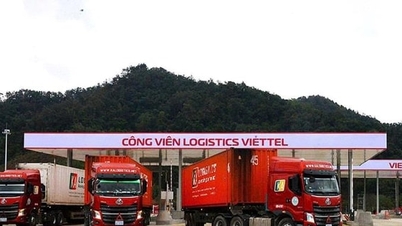

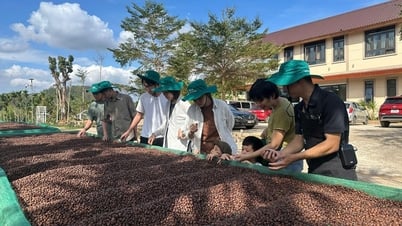

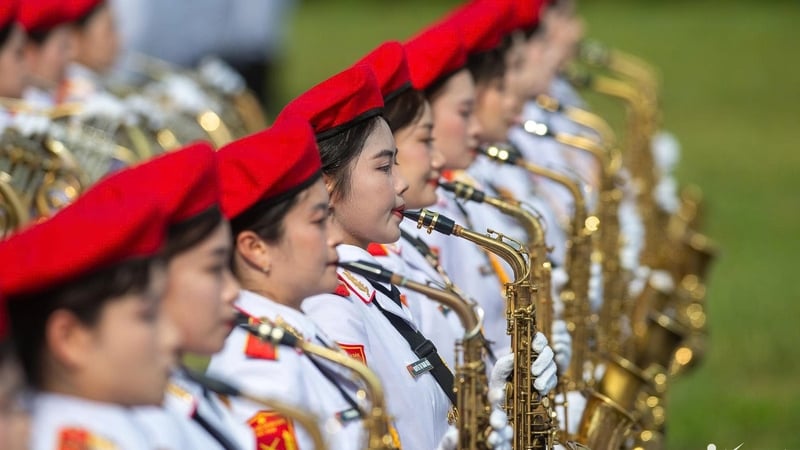
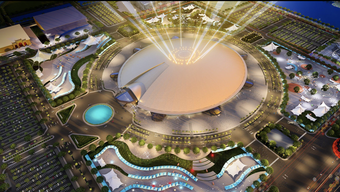

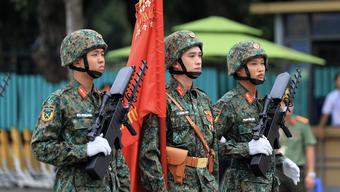
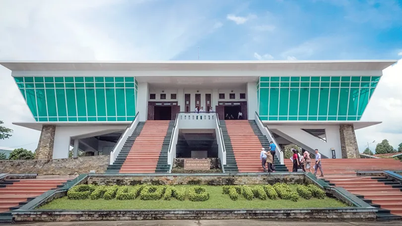

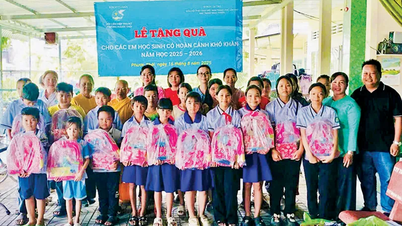

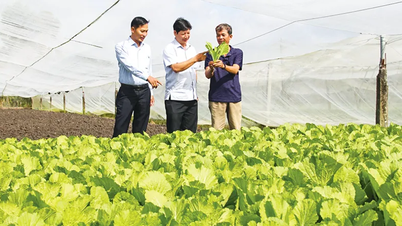
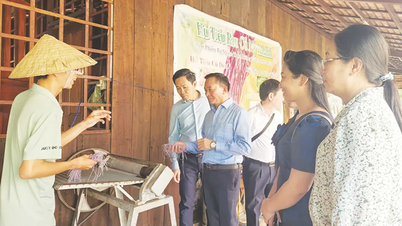
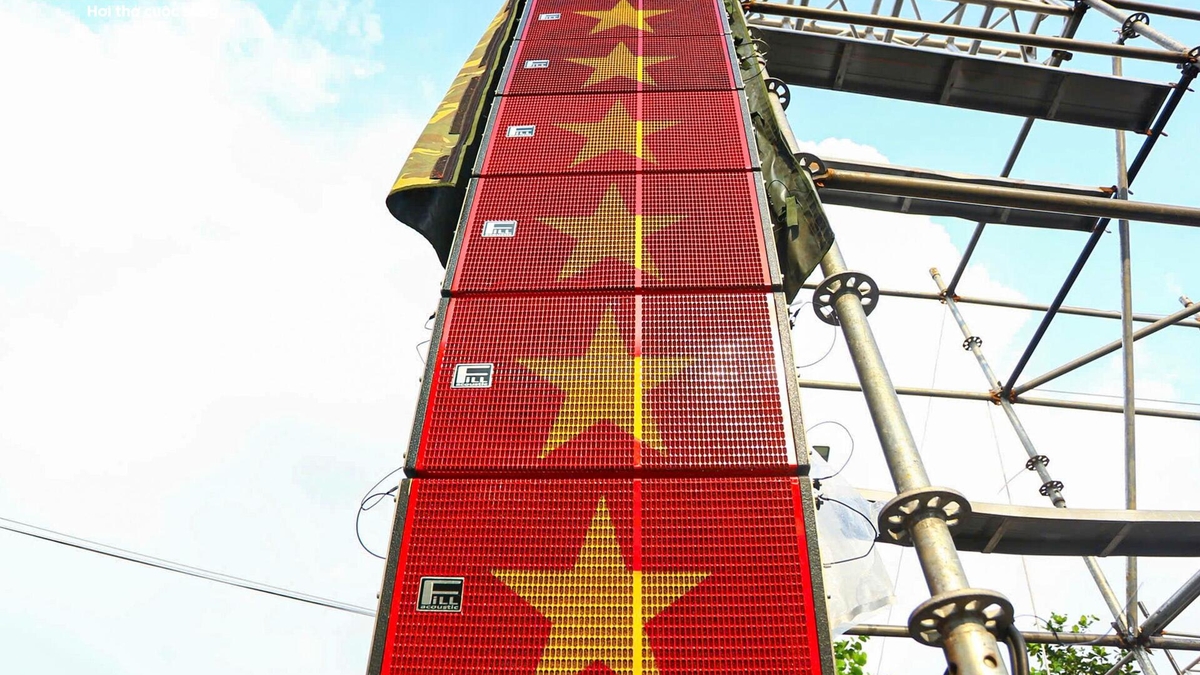
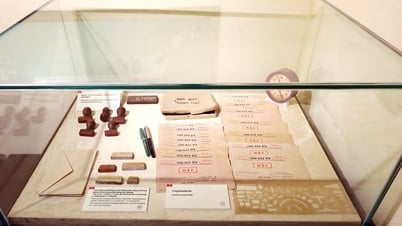

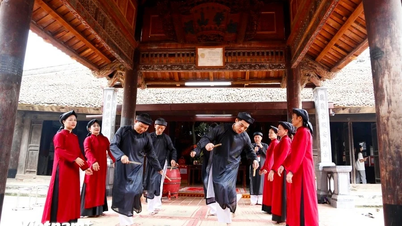

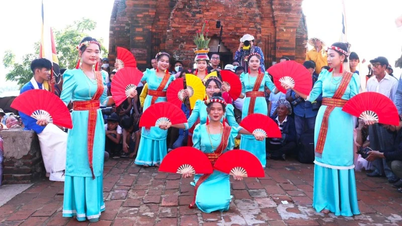

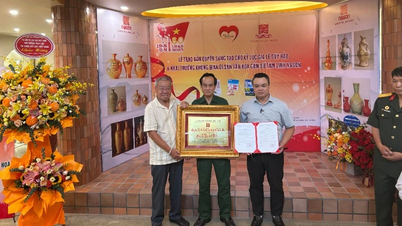


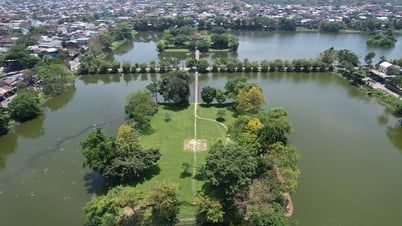



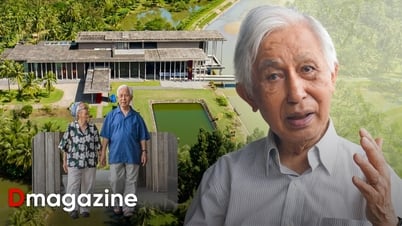


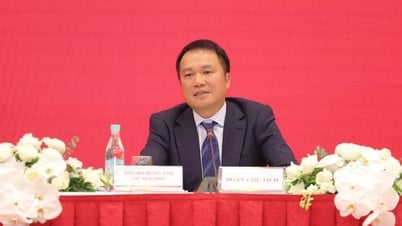
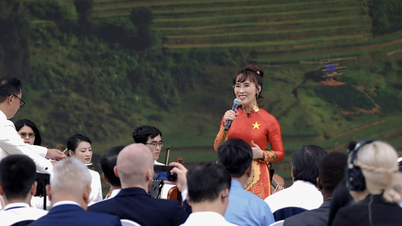


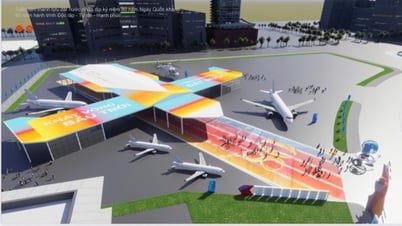



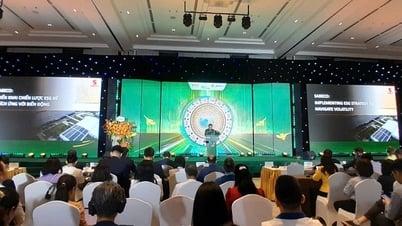

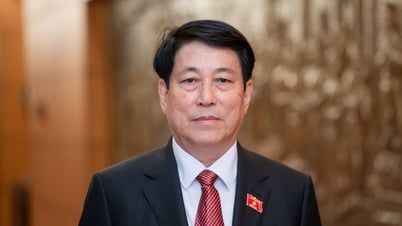




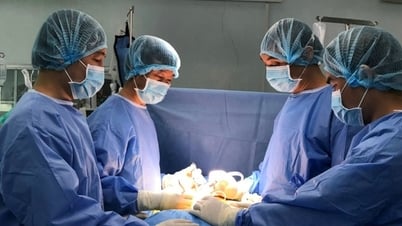




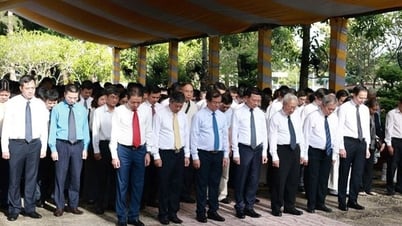
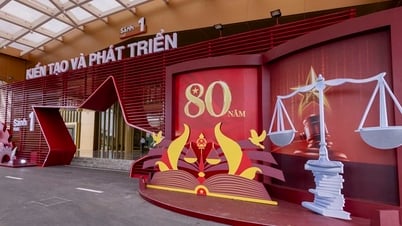

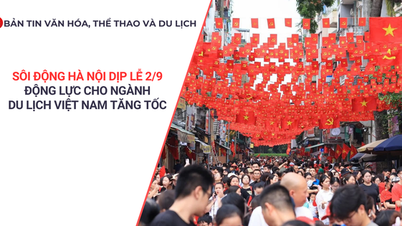

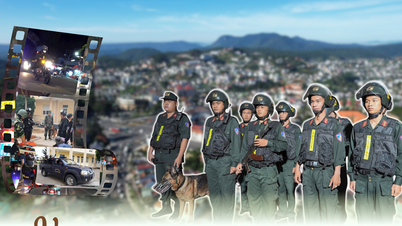

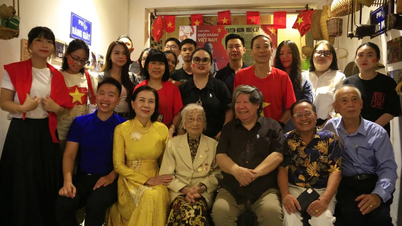

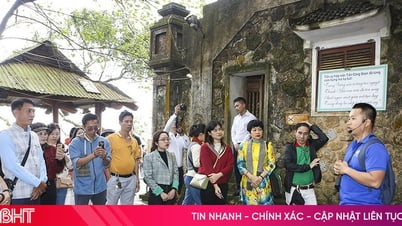
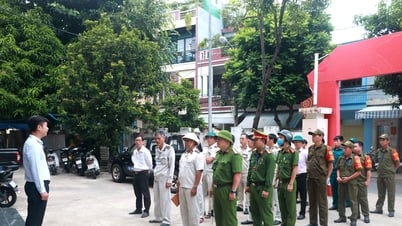

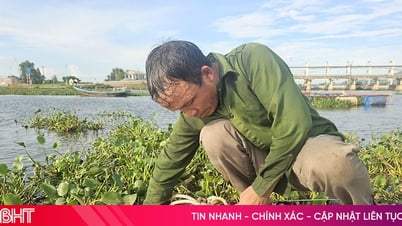
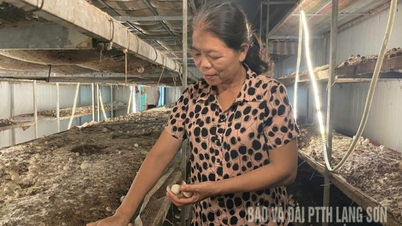

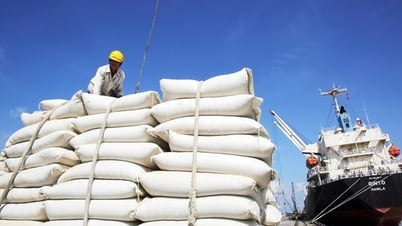

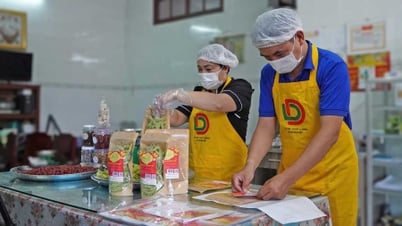

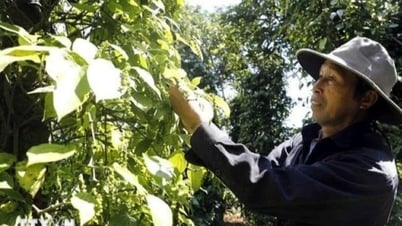


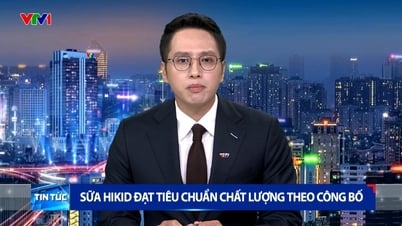





Comment (0)